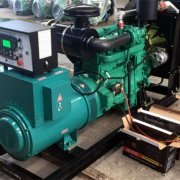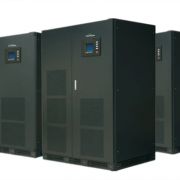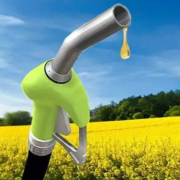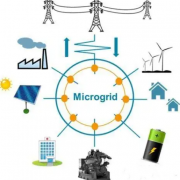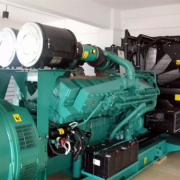How Long Can a Diesel Engine Turbocharger Last in Power Generation?
When it comes to diesel engines used for power generation, turbochargers are a critical component. These devices boost engine performance and efficiency, making them essential for reliable power output. If you’re curious about how long a turbocharger can last in this context, this article is for you. We’ll explore what a diesel engine turbocharger is, how it works, its advantages, lifespan in working hours, and maintenance tips. We’ll also help you decide between original turbochargers and OEM ones.
What is a Diesel Engine Turbocharger?
A diesel engine turbocharger is a device that increases the efficiency and power output of an engine by forcing extra air into the combustion chamber. This extra air allows more fuel to be burned, resulting in greater power. Turbochargers are especially important in diesel engines used for power generation because they help achieve higher torque and better fuel efficiency.
How Does a Diesel Engine Turbocharger Work?
The turbocharger consists of two main parts: the turbine and the compressor. The turbine is powered by the engine’s exhaust gases. As these gases pass through the turbine, they spin it. This spinning action drives the compressor, which pulls in fresh air and compresses it before sending it into the engine’s cylinders. This compressed air makes the fuel burn more efficiently, resulting in more power and better fuel economy.
What Are the Advantages of a Diesel Engine Turbocharger?
- Increased Power: Turbochargers significantly boost the power output of an engine without increasing its size.
- Better Fuel Efficiency: By making the engine more efficient, turbochargers help improve fuel economy.
- Lower Emissions: A more efficient burn process means fewer unburned fuel particles and lower emissions.
- Improved Performance: Turbocharged engines generally perform better, offering quicker response times and more consistent power output.
Lifespan of a Diesel Engine Turbocharger in Power Generation
One of the most common questions about turbochargers in power generation is how long they last. The lifespan of a diesel engine turbocharger can vary widely depending on several factors, including the quality of the turbocharger, operating conditions, and maintenance practices. Generally, a well-maintained turbocharger can last anywhere from 20,000 to 50,000 working hours. In some cases, they can even last longer.
Factors That Affect Lifespan:
- Operating Conditions: Harsh environments and high loads can shorten the lifespan of a turbocharger.
- Maintenance: Regular servicing and using high-quality oil can extend the life of a turbocharger.
- Quality: High-quality, original turbochargers tend to last longer than cheaper, aftermarket options.
Original Diesel Engine Turbocharger or OEM Ones: Which One to Buy?
When it comes time to replace your turbocharger, you have two main options: an original turbocharger or an OEM (Original Equipment Manufacturer) one.
- Original Turbochargers: These are made by the same manufacturer that produced the original part for your engine. They often come with a higher price tag but offer the best fit and performance.
- OEM Turbochargers: These are made by a different manufacturer but meet the specifications of the original part. They are usually more affordable and can offer good performance and reliability.
Which to Choose?
- Budget: If you have a higher budget, opting for an original turbocharger can provide peace of mind and potentially longer lifespan.
- Cost-Effectiveness: If you’re looking to save money, an OEM turbocharger can be a good choice, offering a balance between cost and performance.
How to Maintain a Diesel Engine Turbocharger?
Proper maintenance is key to extending the life of your turbocharger. Here are some tips to keep it in good shape:
- Regular Oil Changes: Use high-quality oil and change it regularly to ensure proper lubrication.
- Let It Cool Down: After heavy use, let the engine idle for a few minutes before shutting it off. This helps the turbocharger cool down gradually, preventing damage.
- Check for Leaks: Regularly inspect the turbocharger for any signs of oil or air leaks.
- Clean Air Filters: Ensure the air filters are clean to prevent dirt and debris from entering the turbocharger.
- Listen for Unusual Noises: Any unusual noises could indicate a problem. Addressing these issues early can prevent more significant damage.
With these insights, you’ll have a better understanding of diesel engine turbochargers and how to get the most out of them in power generation. Proper care and informed choices can help you enjoy

